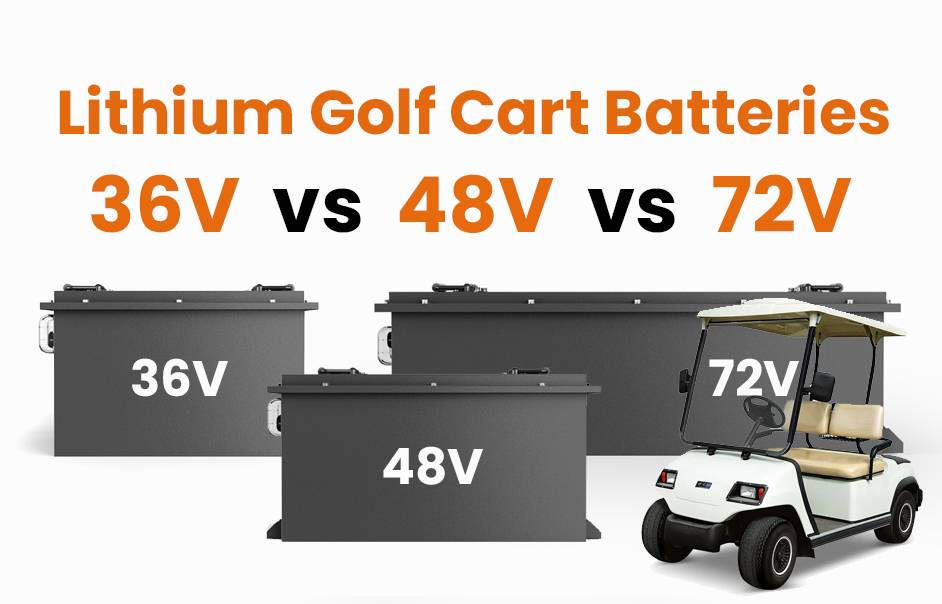
Blog
What Should You Consider Before Buying a Tomberlin Golf Cart?
Before buying a Tomberlin golf cart, evaluate your needs (terrain, passenger capacity, usage frequency), compare models (E-Merge, Crossfire, or Summit), assess battery type (lead-acid vs. lithium-ion), review warranty coverage, and factor in maintenance costs. Test-driving and researching dealer reputation ensure optimal performance and value.
LiFePO4 Lithium Golf Cart Batteries Manufacturer
How Do Tomberlin Golf Cart Models Compare?
Tomberlin offers three primary models: E-Merge (lightweight, ideal for flat terrain), Crossfire (heavy-duty suspension for rough terrain), and Summit (luxury features like premium seats). The E-Merge suits casual users, while the Crossfire excels on hills. The Summit includes extras like LED lights and storage compartments, making it ideal for resorts or large properties.
| Model | Best For | Key Features |
|---|---|---|
| E-Merge | Flat terrain, casual use | Lightweight, 48V battery |
| Crossfire | Rough terrain, hills | Heavy-duty suspension, 72V battery |
| Summit | Luxury, commercial use | LED lights, premium seats |
The E-Merge’s compact design makes it perfect for golfers navigating flat courses or retirees cruising neighborhood streets. Its 48V battery provides sufficient power for daily use without excessive weight. Meanwhile, the Crossfire’s reinforced chassis and 72V system handle steep inclines and rocky paths effortlessly, making it popular in mountainous regions. The Summit stands out with commercial-grade accessories, such as weatherproof USB ports and lockable storage, which are invaluable for resort staff or large estate owners. When choosing between models, prioritize terrain compatibility over aesthetics to avoid underperformance.
What Costs Are Involved Beyond the Initial Purchase?
Expect annual maintenance costs of $200-$500 for battery replacements, tire rotations, and brake checks. Insurance ranges from $150-$400/year. Charging stations ($300-$1,500) and custom upgrades (e.g., lift kits, enclosures) add expenses. Lithium-ion batteries cost more upfront but save long-term with 8-10-year lifespans versus 3-5 years for lead-acid.
Hidden costs often surprise new owners. For example, installing a home charging station requires professional wiring, adding $500-$1,000 to the budget. Tire replacements vary widely: all-terrain tires cost $200-$400 per set, while turf-friendly options run $150-$300. Seasonal maintenance, like lubricating suspension components or replacing worn brake pads, can add another $100-$300 annually. Insurance premiums also depend on usage—commercial policies for golf courses cost 25-40% more than personal coverage. To minimize expenses, consider leasing lithium-ion batteries or opting for dealer-certified refurbished parts.
What Safety Features Should You Prioritize?
Seat belts, headlights, and rearview mirrors are essential for road legality. Models with roll cages and anti-tip bars suit uneven terrain. Speed governors (15-25 mph limits) prevent accidents. Always verify compliance with local regulations—some states require DOT-approved tires or turn signals for street-legal use.
“Tomberlin’s focus on modular design allows owners to upgrade components as needs evolve,” says a Redway battery expert. “Their lithium-ion models reduce weight by 30%, boosting efficiency. Buyers should prioritize dealers offering free diagnostic checks—it’s a hallmark of reliable post-purchase support.”
FAQs
- Q: How long do Tomberlin batteries last?
- A: Lead-acid: 3-5 years; lithium-ion: 8-10 years with proper care.
- Q: Are Tomberlin carts street-legal?
- A: Yes, if equipped with lights, mirrors, and seat belts per local laws.
- Q: What’s the average top speed?
- A: 15-25 mph, depending on model and terrain.





